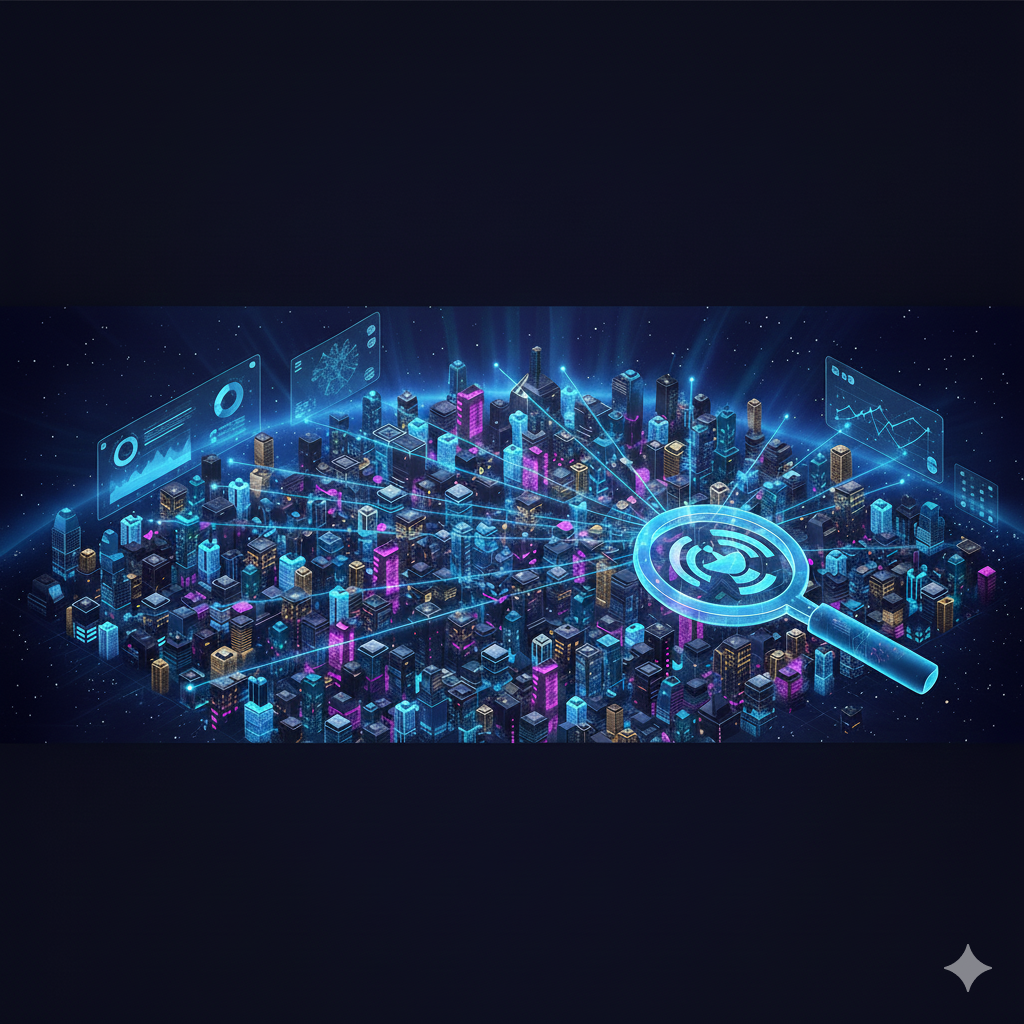
“When super-intelligence goes into robots, those robots with super intelligence will change our lives.” Masayoshi Son, CEO, SoftBank
One of the most intriguing areas of development in manufacturing technology involves the emergence of a new generation of self-learning robots that capitalize on advances in artificial intelligence and machine learning techniques to handle new jobs and even work side-by-side with humans on the shop floor.These advanced robotics systems are gaining new ‘senses,’ as it were, with improved touch, sight and language processing skills that enable them to move more easily, switch their ‘hands’ as they go through a multi-step process, and discern a wide variety of different objects and manipulate them in unique ways based on an object’s characteristics. Rather than requiring complex programming to handle narrow, specific tasks, they are picking up new skills along the way from their human partners (employee, meet your co-bot!) and even tapping into massive databases – like cloud-based robot brains – to learn from thousands of other robots around the world.“Traditionally, industrial robots have been locked behind cages, their heavy bulk and rapid movements making them unsafe for human interaction. They have required highly trained programmers to set their tasks and, once installed, were rarely moved. Now, a lighter weight, mobile plug and play generation is arriving on the factory floor to collaborate safely with human workers thanks to advances in sensor and vision technology, and computing power. Get in their way and they will stop. Program them with a tablet or simply by moving their arms in the required pattern; no coding is necessary. And if the robot is needed in a different part of the factory — unlike the heavy robotic arms that populate the world’s automotive factories and are bolted to the floor — they can be easily moved,” writes Peggy Hollinger in The Financial Times.Our June 26th webcast for the Manufacturing Tech Council today explored the reality of advanced, self-learning robotics, and showcased a couple of emerging companies that are pushing the envelope in robotics today. (Jointly sponsored by AMT and Traction Technology Partners, the MTC is a membership-based community for manufacturing technology leaders who want to understand how advanced technologies are transforming the industry — and how to use them to succeed—similar to the Traction Tech Council, but more industry-focussed.) The webcast also featured a top executive from GE Aviation discussing that company’s robotics strategy and its future needs.One of the emerging companies, Osaro has developed AI software that can be deployed across multiple robotics systems, through partnerships with manufacturers. The company describes the AI platform as “deep reinforcement learning technology,” and claims its algorithms, data processing and management tools will enable commodity hardware to be adapted into powerful new systems for a wide variety of applications in advanced manufacturing, food ‘assembly,’ smart warehouses and inventory/stock picking, among other things.CloudMinds, the other emerging company to be showcased, is striving to build exactly what its name implies – a cloud-based mind that can hold a vast array of data and machine learning capability that far-flung robotics tap into to learn new skills and to share their own ‘experiences’ as they work and adapt. Up there in the clouds, CloudMinds will host natural language processing, vision, speech recognition, and what the company calls ‘robot control unit’ capabilities. “Integrating with robot onboard sensors and providing a secure data communication path to cloud AI, the RCU enables intelligent control and seamless switch-over between AI and Human-in-the-loop systems,” the company reports.CloudMinds recognizes the difficulty of embedding deep learning capabilities in individual robots and sees the cloud as the only way to maintain, update and easily distribute the intelligence for the future factory. There are also a variety of cross-industry and research approaches to this same concept, such as the RoboBrain initiative out of Stanford University.Osaro and CloudMinds are just a couple of examples of the many companies advancing the state of the art in self-learning robotics. For example, Rethink Robotics is a leader in collaborative robots that team with workers on the floor, and Kindred’s new robots are working in warehouses and e-commerce environments handling a wide variety of products and items and getting better at it through machine learning and human partnership.With many manufacturers facing a shortage of skilled workers, the advent of self-learning robots could be a huge a boon. And, as AI and machine learning capabilities, as well as the cloud, continue to advance, the potential for even more adaptability and intelligence in robotics suggests that the factory floor is about to see another revolution in automation over the next decade.(Want to learn more about the Manufacturing Tech Council? You can Apply here to become a member, or Schedule a Demo).








.webp)